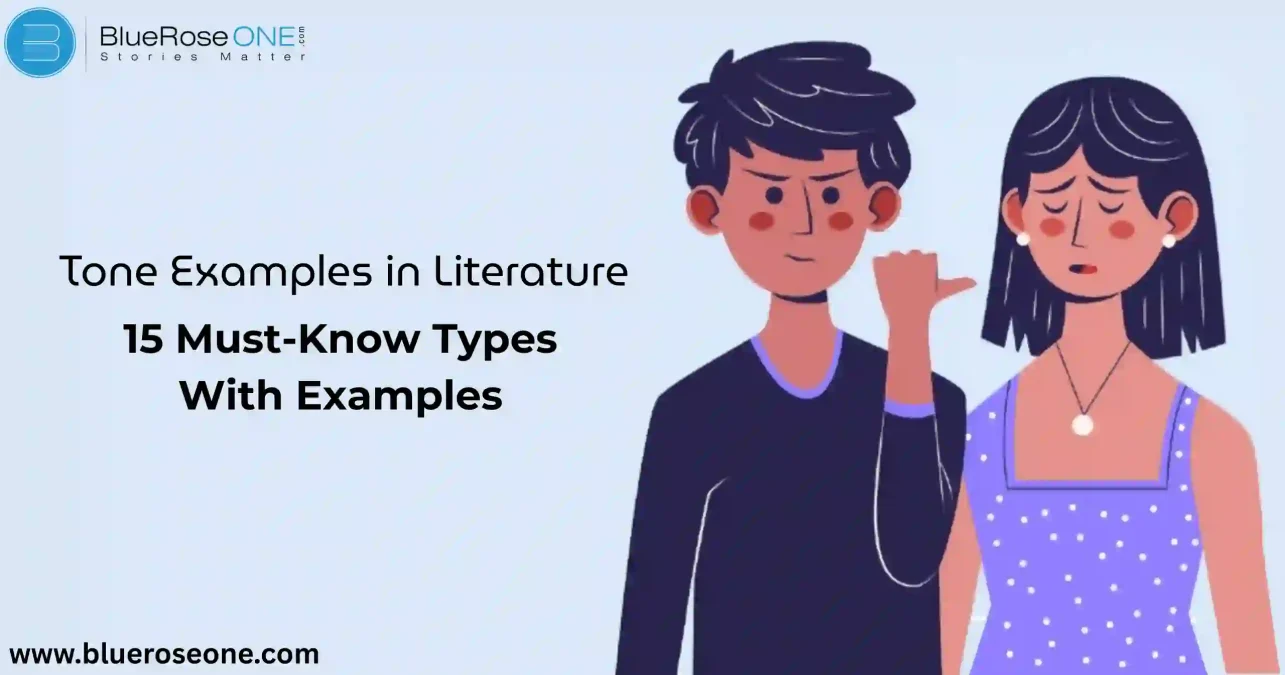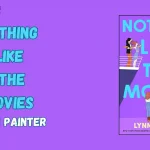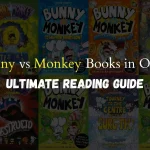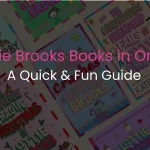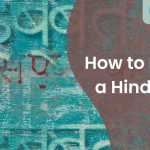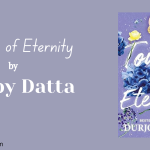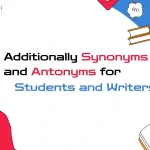Table of Contents
What is Tone?
Tone in literature refers to the author’s attitude toward the subject, the audience, or the characters. It’s the emotional coloring behind the words, the feeling you get when you read between the lines.
Ever read a book that made you laugh out loud or cry in silence? That’s the power of tone. It helps shape a reader’s experience and builds a strong connection with the story. Tone can influence how we perceive characters, plot twists, and even the moral of a story.
You may also like: Realistic Fiction: Definition, Key Elements and Examples
Tone vs Mood – Key Differences
Though often confused, tone and mood are different. Tone is the author’s attitude, while mood is the reader’s emotional response. Think of tone as the writer’s voice and mood as the atmosphere it creates.
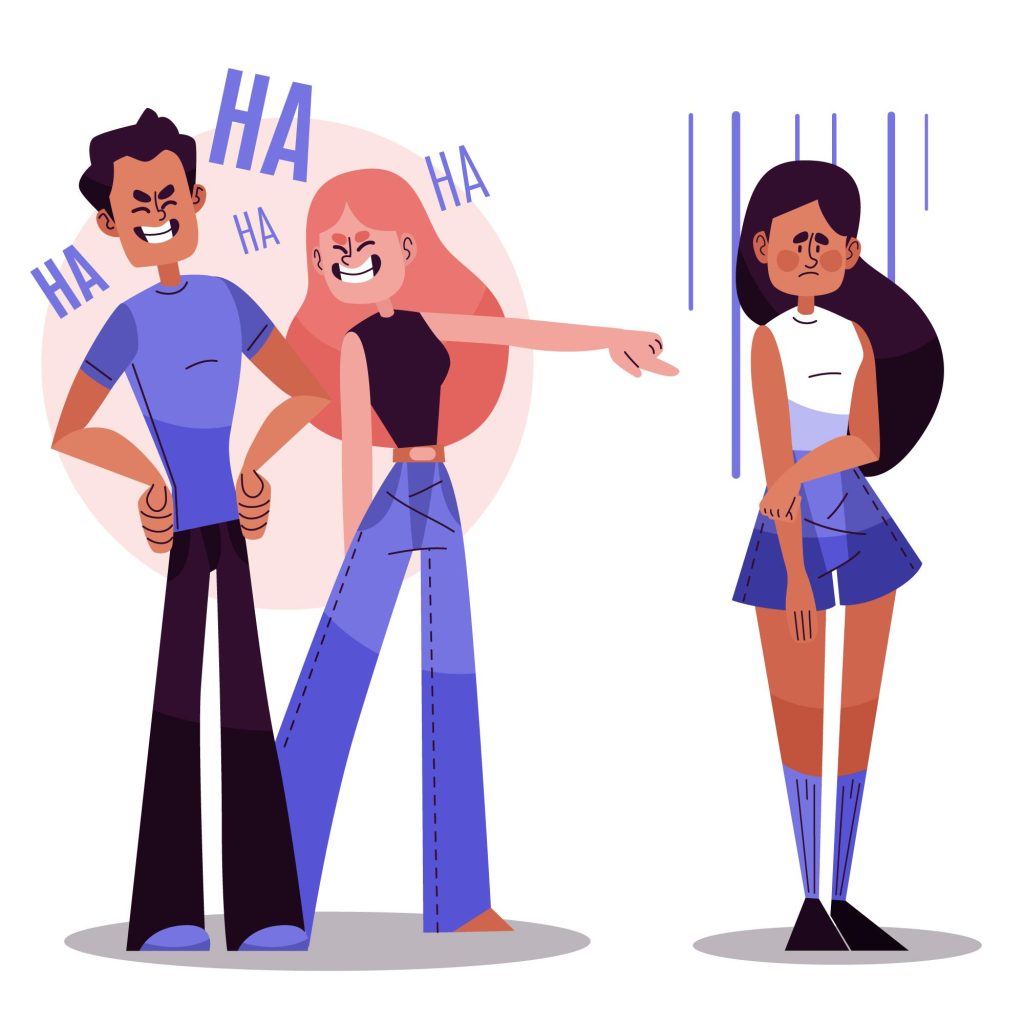
15 Essential Types of Tone in Literature
1. Humorous Tone
A funny tone combines wit, irony, or absurdity to delight readers while also conveying deeper truths. Authors utilize it to soften serious topics or expose human weaknesses in a fun manner. For example, Mark Twain’s The Adventures of Tom Sawyer uses comedy to challenge conventional norms with charm and sarcasm.
Example:
“The ships hung in the sky in much the same way that bricks don’t.”
– Douglas Adams, “The Hitchhiker’s Guide to the Galaxy“
2. Serious Tone
A serious tone in literature conveys gravity, sincerity, and profound thought. It is used by writers to discuss serious issues like mortality, injustice, and moral quandaries. This tone avoids using comedy or informal language, instead relying on serious diction and emotional depth to engage readers in deep thinking. Examples include Harper Lee’s To Kill a Mockingbird.
Example:
“You never really understand a person until you consider things from his point of view.”– Harper Lee, “To Kill a Mockingbird”
3. Optimistic Tone
An optimistic tone expresses hope and confidence in the future, frequently emphasizing the positive aspects of situations. Authors employ this tone to encourage readers and urge them to persevere in the face of adversity. For example, in Paulo Coelho’s The Alchemist, the protagonist’s journey is fueled by unwavering faith and optimism.
Example:
“Isn’t it nice to think that tomorrow is a new day with no mistakes in it yet?”
– L.M. Montgomery, “Anne of Green Gables”
4. Pessimistic Tone
A pessimistic tone conveys a dismal or hopeless view, frequently emphasizing futility, despair, or inevitable failure. Authors utilize it to emphasize dismal realities or elicit empathy for characters enduring struggle. For example, George Orwell’s 1984, with its oppressive atmosphere and sad ending, conveys a very negative vision of authoritarian government.
Example:
“If you want a picture of the future, imagine a boot stamping on a human face forever.”
– George Orwell, “1984”
You may also like: Additionally Synonyms and Antonyms for Students & Writers
5. Joyful Tone
A happy tone expresses enthusiasm, excitement, or delight, typically resulting in a lighthearted and uplifting attitude. This tone is expressed by writers through happy language, optimistic imagery, and brisk tempo. For example, in L.M. Montgomery’s Anne of Green Gables, Anne’s lively optimism spreads joy throughout the story.
Example:
“The narrow path had opened suddenly onto a wide expanse of glittering green, sun-soaked and magical.”
– J.K. Rowling, “Harry Potter and the Philosopher’s Stone”
6. Melancholic Tone
A melancholic tone conveys deep sadness, reflection, or sorrow, often evoking a sense of loss or longing. It is commonly used in tragic narratives or introspective poetry to explore emotional depth. For example, in The Catcher in the Rye, Holden’s narration carries a melancholic tone as he mourns innocence and connection.
Example:
“Some infinities are bigger than other infinities.”
– John Green, “The Fault in Our Stars”
7. Sarcastic Tone
A sarcastic tone uses irony and mockery to convey contempt or ridicule, often saying the opposite of what is meant. Writers use it to highlight hypocrisy, criticize characters, or add humor. For example, in Pride and Prejudice, Jane Austen subtly mocks societal norms through sarcastic commentary.
Example:
“He had decided to live forever or die in the attempt.”
– Joseph Heller, “Catch-22”
8. Ironic Tone
An ironic tone conveys a contrast between what is said and what is actually meant, often highlighting contradictions or absurdities. Writers use it to subtly critique or mock characters, situations, or societal norms. For example, in Pride and Prejudice, Jane Austen’s narration often carries a sharp, ironic undertone.
Example:
“It is a truth universally acknowledged, that a single man in possession of a good fortune, must be in want of a wife.”– Jane Austen, “Pride and Prejudice”
9. Nostalgic Tone
A nostalgic tone evokes longing for the past, often idealizing memories with warmth and sentimentality. Writers use this tone to reflect on childhood, lost love, or bygone eras, creating emotional depth. For example, in The Catcher in the Rye, Holden Caulfield’s reflections reveal a deep yearning for innocence and simpler times.
Example:
“So we beat on, boats against the current, borne back ceaselessly into the past.”
– F. Scott Fitzgerald, “The Great Gatsby“
10. Angry Tone
An angry tone in literature expresses frustration, rage, or resentment, often through sharp, forceful language and intense emotion. Authors use this tone to convey conflict, injustice, or betrayal. For example, in Shakespeare’s King Lear, Lear’s fury toward his daughters powerfully illustrates the destructive force of unchecked anger.
Example:
“All animals are equal, but some animals are more equal than others.”
– George Orwell, “Animal Farm”
11. Hopeful Tone
Readers are frequently inspired or uplifted by a hopeful tone, which exudes optimism and positive expectations. It shows that, in spite of hardship, better things are possible. This tone is used by writers, such as Charles Dickens in Great Expectations, to emphasize the possibility of personal development and atonement, encouraging emotional connection.
Example:
“And, when you want something, all the universe conspires in helping you to achieve it.”
– Paulo Coelho, “The Alchemist”
12. Fearful Tone
A fearful tone conveys anxiety, dread, or terror, immersing readers in a tense atmosphere. Writers use unsettling imagery, ominous settings, and anxious internal thoughts to evoke fear. This tone is common in horror or suspense genres. For instance, Edgar Allan Poe’s The Tell-Tale Heart masterfully sustains a fearful tone throughout.
Example:
“Listen to them, the children of the night. What music they make!”
– Bram Stoker, “Dracula”
13. Formal Tone
A formal tone in literature maintains a professional, respectful, and objective voice. It avoids slang and contractions, often using precise vocabulary and structured sentences. This tone is common in academic writing, historical fiction, or speeches. For example, Jane Austen’s Pride and Prejudice frequently reflects a refined and formal tone.
Example:
“Now is the winter of our discontent / Made glorious summer by this sun of York.”
– William Shakespeare, “Richard III”
You may also like: 100 Adjectives Start with Z (With Meanings & Examples)
14. Informal Tone
The informal tone in literature reflects casual, everyday speech. It employs contractions, slang, and colloquial terms to produce a casual, conversational tone. This tone promotes intimacy between the storyteller and the reader. In The Catcher in the Rye, J.D. Salinger masterfully uses it to convey young genuineness.
Example:
“If you really want to hear about it, the first thing you’ll probably want to know is where I was born…”
– J.D. Salinger, “The Catcher in the Rye”
15. Reflective Tone
A reflective tone in literature conveys deep thought, introspection, or personal contemplation. Authors use it to explore characters’ internal struggles, memories, or life lessons. This tone often appears in memoirs or first-person narratives, prompting readers to pause and consider broader themes. Example: The Catcher in the Rye by J.D. Salinger.
Example:
“The most important thing in life is to learn how to give out love, and to let it come in.”
– Mitch Albom, “Tuesdays with Morrie”
Conclusion
Tone isn’t just literary fluff, it’s the emotional heartbeat of a story. Whether it’s humorous, sorrowful, or ironic, tone guides the reader’s emotional journey. Understanding different tones can enrich your reading experience and empower your writing with precision and depth.
Frequently Asked Questions
What is the most common tone in literature?
While it varies, serious and reflective tones are widely used, especially in classic and literary fiction.
Can a novel have multiple tones?
Absolutely. Stories often shift tones depending on the scene, characters, or plot developments.
How is tone different from voice?
Tone is the author’s attitude toward the subject. Voice is the distinct style or personality in the writing.
What are some examples of tone words?
Examples include sarcastic, joyful, bitter, melancholic, nostalgic, and hopeful.
Why is tone important in reading comprehension?
Recognizing tone helps readers understand the deeper meaning and emotional subtext of a passage.

